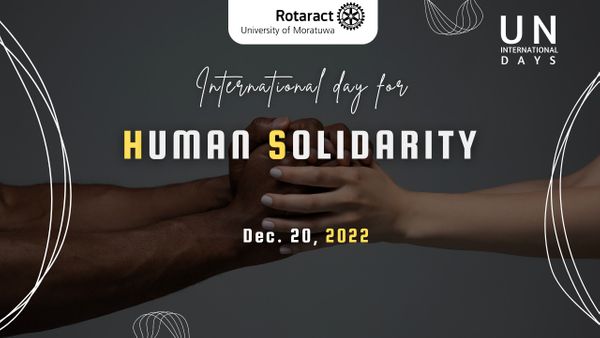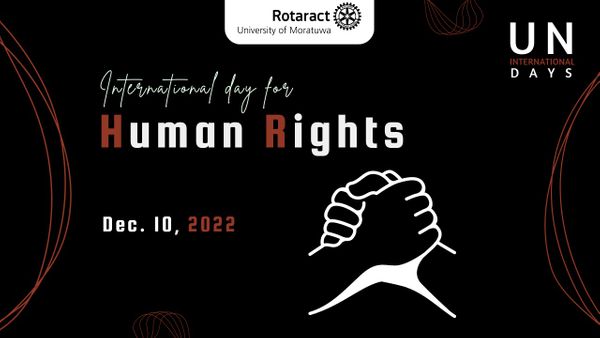End Inequalities, End AIDS...
It is on the 1st of December when the world celebrates AIDS Day and reflects the people worldwide, who are living with HIV and the ones lost to HIV. First observed on the 1st of December 1988, in the hopes of spreading awareness to the global epidemic AIDS, the spread of the virus HIV and its impact on families, its theme changes annually according to the public health goals. Once started with the aim of providing year-round prevention and education campaigns, it has now moved to larger objectives of the community and global cooperation. Therefore, World AIDS Day 2021, follows the theme of ‘End inequalities, End AIDS’, with the focus of bringing into light the growing inequalities in accessing essential HIV services around the world and reaching out to the people left behind.
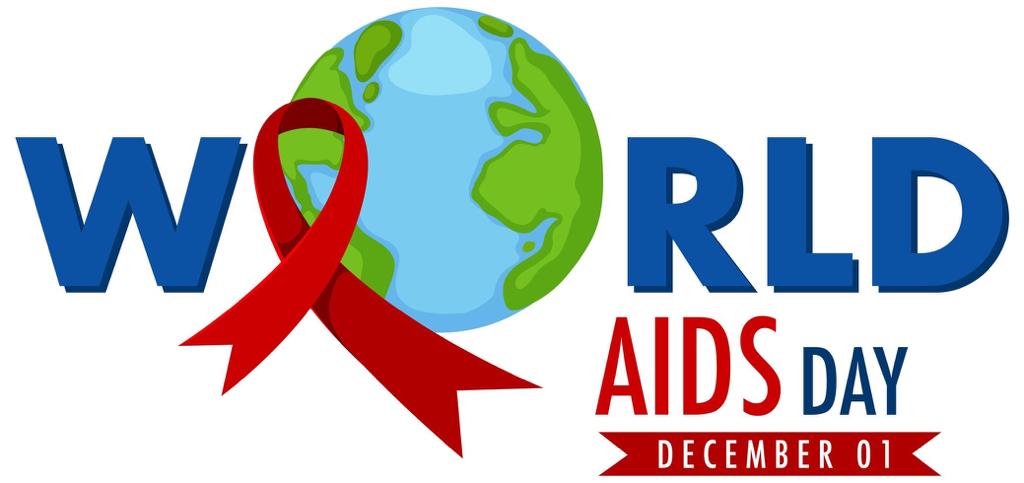
World AIDS Day 2021, aims to communicate the importance of equal access to health services and the importance of strengthening the primary health care level. Along with the WHO, World AIDS Day 2021, plans on highlighting the discord, disparity, and disregard for human rights, while emphasizing that these conflicts are the reason HIV has become and remains a global health crisis.
With the COVID-19 pandemic, inequities and disruptions to services increase, thus making the lives of many people living with HIV more challenging. Therefore, this year, the organizations WHO and AIDS have planned on calling the global leaders and citizens to rally to confront these inequalities that drive AIDS and to reach people who are currently not receiving essential HIV services. The UNAIDS states that bold actions are needed, against inequalities, for if not, with the spreading of the COVID-19 pandemic and the heightening economic crisis, an end to AIDS by 2030 would not be possible. While we prioritize COVID-19 and focus on building the fallen economy and community back together, investing in the communities to end the HIV epidemic must also take place.
“Today, the world is off track from delivering on the shared commitment to end AIDS by 2030, not because of a lack of knowledge or tools to beat AIDS, but because of structural inequalities that obstruct proven solutions to HIV prevention and treatment.” - UNAIDS
By emphasizing HIV prevention and treatment, promoting work with communities to reach the people who are most vulnerable to HIV/AIDS, World AIDS Day acts as a reminder that HIV is still prevalent and the vital need to raise money, increase awareness, fight prejudice and improve education revolving around HIV/AIDS is a necessity. It also provides an opportunity to show solidarity by wearing an HIV awareness red ribbon, with the millions of people living with HIV worldwide.
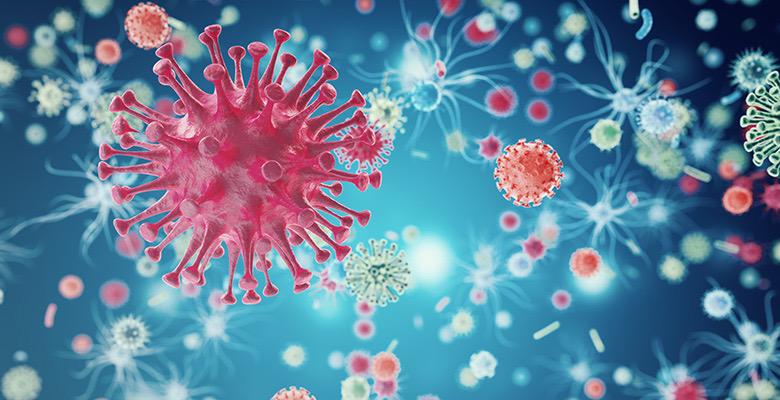
Human immunodeficiency virus, or HIV, is a virus transmitted via the exchange of body fluids such as blood, breast milk, semen, vaginal secretions from infected people, and from mother to child during pregnancy and delivery, targets the human immune system and weakens their defense against infections. By the destruction and the impairment of the function of immune cells, the virus causes infected individuals to gradually become immunodeficient. If left untreated, the condition may develop to an advanced stage known as the acquired immunodeficiency syndrome (AIDS), which is defined by the development of certain cancers, infections, or other severe, long-term clinical manifestations.
Various symptoms may arise during different stages of infection. The main reason HIV tends to be highly infectious is that many infected individuals are unaware of their status until later. During the initial days, people may experience no symptoms or an influenza-like illness including fever, headache, rash, or sore throat. With the progressive weakening of the immune system, the development of other signs and symptoms, such as swollen lymph nodes, weight loss, fever, diarrhea, and cough occurs. Without treatment, severe illnesses such as tuberculosis (TB), cryptococcal meningitis, severe bacterial infections, and cancers such as lymphomas and Kaposi's sarcoma can develop.
Treatment of HIV disease can be managed by the combination of three or more antiretroviral (ARV) drugs. This is not a cure for the HIV infection but a viral replication suppressor which allows an individual's immune system to recover, strengthen and regain the capacity to fight off some infections. The fact remains that the human body can’t get rid of HIV and no effective HIV cure exists around the world. So, once an individual contracts HIV, he/she has it for life. But the individuals under the treatment of ARV do not transmit the virus to their sexual partners, and thus it not only improves the immune system but also prevents transmission of HIV.
The spread of HIV occurs during unprotected anal or vaginal sex, sharing of contaminated needles during injection of drugs, blood transfusions and tissue transplantation, and medical procedures that involve unsterile cutting or piercing; and
experiencing accidental needle stick injuries, including among health workers. Yet, recent discoveries and innovations in HIV research, prevention, care, and treatment have contributed to reducing new HIV transmissions and ensuring that individuals with HIV can live long healthy lives. Thus, important steps have been taken to address the HIV stigma in communities and health care systems.
Yet, HIV remains a threat globally, while persistent inequities serve as critical barriers. The World AIDS Day 2021, is deeply involved in ensuring equity in research, and policies and serving those most in need of support. This includes the LGBTQI+ community, drug addicts, prostitutes, and other marginalized populations. Spreading awareness, in prevention and treatment, among such communities, helps maintain equity.
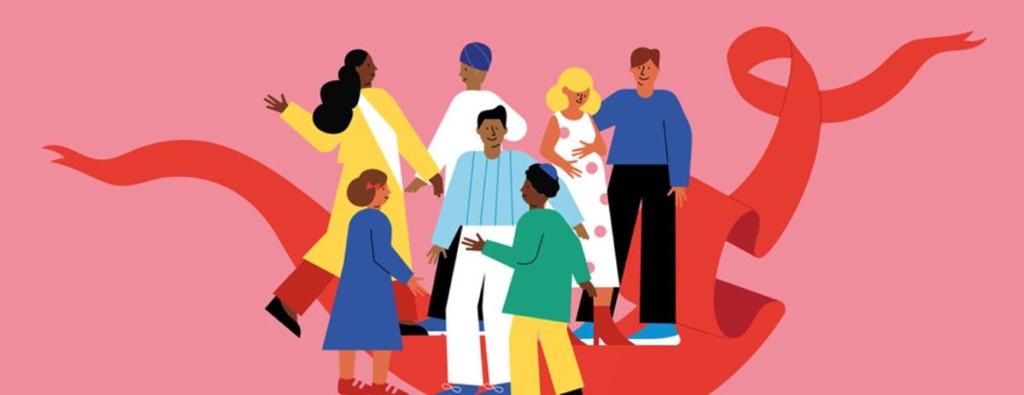
As the World AIDS Day theme reminds us, to end HIV domestically and globally, one ought to continue to strengthen relationships with community-based organizations, networks of people with HIV, clinicians, and researchers and support innovations that address the inequities that drive the HIV epidemic. By reflecting on those lost to AIDS and honoring the people living with HIV, World AIDS Day renews the commitment to end the HIV epidemic around the world.
Let’s do our bit to make an effort, to wear the red ribbon, to show compassion, to challenge our leaders to achieve these goals, and to End inequalities, End AIDS, and End pandemics.


